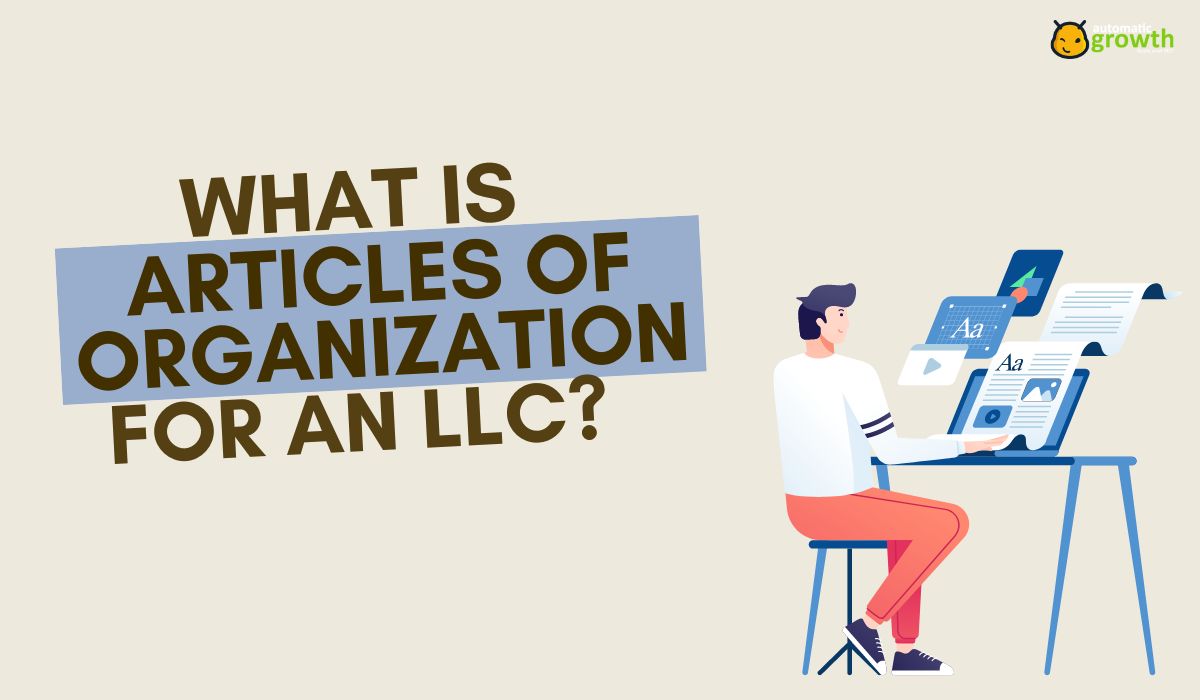In the vast digital expanse, press releases have evolved from mere announcements to dynamic, multimedia-laden powerhouses. As brands harness the allure of images, videos, and interactive elements to captivate their audience, they venture into a realm abundant with potential but not without its pitfalls.
Incorporating multimedia into press releases, while pivotal for off-page SEO, presents a unique set of challenges that every marketer should be aware of. In this deep dive, we'll pull back the curtain on these challenges, equipping you with the insights needed to expertly steer your multimedia press releases to unparalleled SEO success. Join us as we explore the intricacies and unveil solutions to these pressing concerns.
Advantages of Using Multimedia in Press Releases
Multimedia helps to quickly capture and maintain the attention of the audience and prompt immediate action. Users can consume the content based on their preferred mode of intake, making it an influential tool in PR. For example, some people may prefer to read the text, while others may desire to listen to an audio clip or watch a video.
When it comes to visual aids, multimedia helps in enhancing the understanding of complex concepts that are difficult to explain through words alone. This is particularly significant in technical fields where an image, video, or audio description can make the difference between clarity and confusion.
Moreover, multimedia content in well-crafted press releases helps improve the search engine ranking of the media houses. Search engines prioritize multimedia content over plain text, thus increasing visibility and interaction with the content.
The role of multimedia in press releases has grown exponentially over the years. It is not just about enhancing the attractiveness of the content but, more significantly, about ensuring the content is accessible, understandable, and engaging to the audience. This comprehensive understanding of various content forms is applicable and effective in various fields, ranging from press releases to education, health, hospitality, and so on.
With all these in mind, the use of multimedia in press releases represents a shift from traditional one-dimensional content delivery to a multi-dimensional, holistic, and dynamic mode of communication. This trend is only set to grow as technology continues to transform digital content delivery. In this context, it is paramount for media houses to fully embrace and effectively utilize multimedia in press releases.
Tackling Challenges in Including Multimedia for PR
The inclusion of multimedia in press releases has proven to be a game-changing technique in the field of search engine optimization (SEO), particularly in off-page SEO. Modern press releases are no longer confined to purely text-based content. However, the integration of multimedia in press releases presents a diverse range of challenges that need to be carefully addressed.
1. Creating High-Quality Content
The comprehension of multimedia's role in off-page SEO demands an understanding of the inherent challenges that accompany this innovation. One of the challenges revolves around creating high-quality multimedia content consistently. Crafting press releases demands a certain level of expertise, and integrating multimedia content requires an additional set of skills.
For the creation of high-quality multimedia content, consider collaborating with experts or agencies specializing in this field. Additionally, several online tools and software can be used to generate engaging, superior multimedia content.
2. Complying With Copyright Laws
Compelling images, videos, and audio content are helpful in establishing an engaging and informative press release. However, acquiring and creating these forms of content require equipment, skills, and resources which may not be readily accessible for all.
Compliance with copyright laws is another critical concern. The proliferation of images and video content readily accessible from the internet makes it easy to unknowingly infringe upon these laws. This could result in unwanted legal challenges for companies.
To overcome copyright issues, only use images or multimedia that fall under terms of fair use, are licensed under creative commons, or for which you have directly obtained permission. Several platforms offer royalty-free images and multimedia content that can be utilized without infringing copyright laws.
3. Facing Technical Issues
Another challenge is the possible induction of technical difficulties or slowdowns for users due to the inclusion of multimedia content. The utilization of large files in press releases can potentially hamper the user experience, causing slower page loading times or compatibility issues.
About technical difficulties, strive to keep your multimedia content as optimized as possible. Use the appropriate file formats, and compress the files to minimize strain on the webpage without notably degrading the quality of the content.
In summary, while including multimedia in press releases for off-page SEO does pose certain challenges, they are not insurmountable. Understanding these challenges and devising strategies to overcome them can lead to the optimal utilization of multimedia in your press releases, thereby enhancing off-page SEO.
Best Practices for Incorporating Multimedia in Press Releases
Multimedia elements like videos, audio files, infographics, images, and other such visual content can enhance the effectiveness and reach of your press releases. They attract attention and make your news more memorable, engaging, and shareable. The following best practices will guide how to effectively incorporate multimedia in press releases.
Selection of Appropriate Multimedia Types
Multimedia content in a press release should be used to support your message, give it more depth and make it more appealing. Choosing the right multimedia types for your press release is the first step in achieving a compelling output.
Whether it's a video, audio, picture, or infographic strongly depends on the nature of the release. Videos, for instance, can be very engaging and induce strong emotional reactions. They are especially useful when explaining or demonstrating something, or when conveying personal messages from high-profile individuals. They are also very shareable on social media, which can increase your exposure.
On the other hand, photographs and images are effective tools to convey a story quickly. They are also easier and cheaper to produce than videos. Infographics are excellent for summarizing information or data in an easily digestible format. They are particularly useful for press releases that include a lot of statistics or research findings.
To determine which type of multimedia to use, consider the target audience, purpose of your message, and the platforms where it will be distributed.
Optimizing Multimedia for SEO
Incorporating multimedia content in your press release not only enhances your readers' experience; it also improves the SEO of your content. However, it is crucial to make sure you optimize your multimedia elements to fully benefit from SEO. When you add an image or video to your release, make sure you include an alt text. Google and other search engines use alt texts to understand what the image or video is all about. Alt text can boost your visibility on image searches and improve the overall SEO of your press release.
For videos, it’s recommended that transcripts or closed captions be added to improve accessibility and enhance keyword relevance. Lastly, always compress your multimedia files before upload to ensure they don't slow down page loading speeds, as this can hurt SEO.
Distribution of Multimedia Press Releases
After creating and optimizing your multimedia press release, effective PR distribution is the last step. Consider using a wire service that supports multimedia distribution to ensure your release reaches the broadest possible audience. When distributing through social media channels, keep in mind each platform has its strengths and preferences when it comes to multimedia.
Some platforms favor images, while others prioritize video content. Remember to use multimedia elements when reaching out to news outlets, bloggers, or influencers in your industry. They can use your multimedia resources when creating their coverage of your news, enhancing the spread and impact of your message.
Ultimately, integrating multimedia content in your press releases, when done correctly, can significantly enhance your audience engagement, press coverage, and online visibility. It all boils down to selecting the right multimedia, optimizing it for SEO, and distributing it effectively across multiple platforms.
Frequently Asked Questions
1. What is the role of multimedia in press releases for off-page SEO?
Multimedia, including images, videos, and infographics, enhances press releases by making content richer, more engaging, and more shareable. This can drive more traffic to the website, improving its off-page SEO ranking.
2. How does multimedia in a press release benefit off-page SEO efforts?
When multimedia content in press releases is shared across various platforms, link-building opportunities increase. High-quality links from authoritative sites improve off-page SEO, enhancing the website's reputation and visibility.
3. Can multimedia influence the indexing of a press release?
Yes, adding multimedia in a press release can positively impact the indexing process. More visual and engaging content attracts more clicks, shared more frequently, and is likely to be indexed higher by search engines.
4. How does including multimedia in press releases influence reader engagement?
Multimedia elements make a press release more visually appealing and easier to understand, resulting in increased reader engagement. Increased engagement helps improve website traffic and its off-page SEO ranking.
5. What type of multimedia has the most impact on off-page SEO?
All types of multimedia – images, videos, infographics – can enhance off-page SEO. However, videos are highly engaging and tend to be shared more frequently, offering increased potential for link building and brand visibility.
6. How does the quality of multimedia in press releases affect off-page SEO?
High-quality multimedia content tends to get shared and linked back more frequently than low-quality content. This creates link-building opportunities, enhances brand credibility, and improves off-page SEO ranking.
Bottom Line
The digital age demands evolution, and in the realm of press releases, multimedia has emerged as both a beacon of potential and a source of intricate challenges. While integrating visuals, audio, and other rich media can amplify the resonance of a message, it's imperative to recognize and navigate the hurdles associated with it, especially in the context of SEO and press releases.
Having unlocked the intricacies of multimedia in press releases, it's crucial to amplify these efforts even further. But how? By leveraging the most potent platforms of our era. Dive in as we unravel strategies to boost your social media promotions!
















